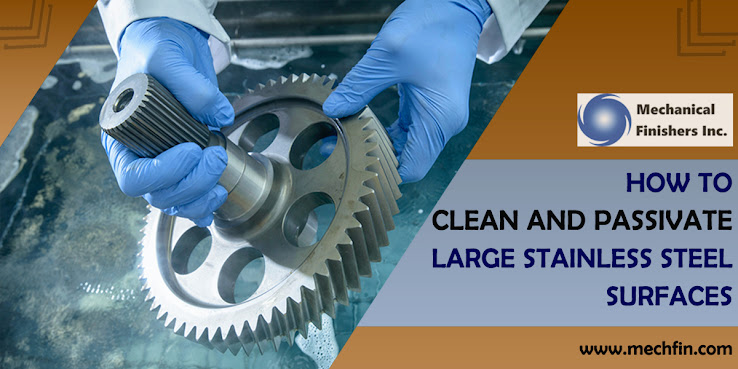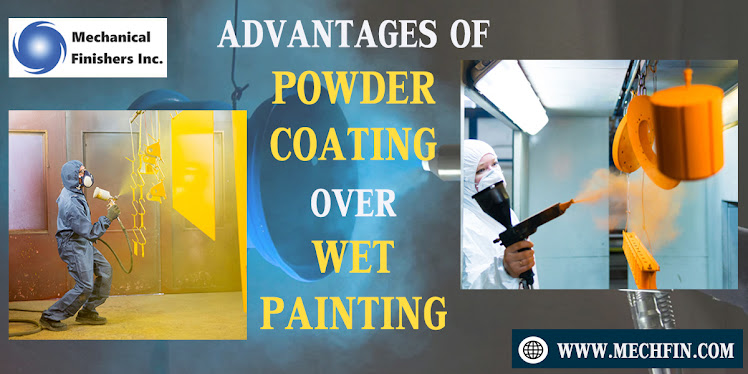How to Clean and Passivate Large Stainless Steel Surfaces

Cleaning and passivating large stainless steel surfaces is an important process to ensure the longevity and durability of the material. Cleaning and passivating large stainless steel surfaces involves several steps. Here are the steps to clean and passivate large stainless steel surfaces: Pre-Cleaning: Before you start cleaning and passivating the stainless steel surface, you should remove any visible dirt, oil, grease, or other contaminants. You can use a soft cloth or sponge with warm water and mild detergent to clean the surface thoroughly. Rinse the surface with clean water to remove any residual soap or detergent. Passivation: Passivation is the process of treating the stainless steel surface to remove any surface contaminants and create a protective oxide layer. This layer helps prevent corrosion and rust on the surface. You can use one of several methods to passivate stainless steel, including using a nitric acid solution, citric acid solution, or other specialized passi...

